Starfield Review - Morrowind: The Next Generation
/Starfield, Bethesda’s latest RPG, is now in the hands of many, and with over 80 hours on my first playthrough, it’s good to find myself neck-deep into a Bethesda world with rich storytelling and a sandbox that lets your creativity run rampant. Good or bad, the DNA that makes Bethesda’s flagship titles such as Fallout and The Elder Scrolls so memorable and addictive is clear and present in every section of Starfield. It’s exactly what I would expect from a Bethesda game. I enjoyed it, but this isn’t a redefining moment for the company. It’s not a giant leap for the company out of their comfort zone into something unique and breathtaking, but rather more of what they do best, but in a different setting - and I’m all for it.
Enjoying the celestial wanderlust
You start as a miner on a mining planet, where your team unearths an unusual artifact. When touched by your character, the object triggers a series of visions about the galaxy. One thing leads to another, and you meet a secret organization called Constellation, a group tasked to study the mysteries of space, it just so happens that the artifact you just encountered is one of them.
Now equipped with your own ship, you can explore the mysteries of the artifacts through the main story, or go off on your own to forge solo adventures. Be a space pirate, help those in need, build outposts, or explore unknown planets. Starfield’s many planets are there for you to explore.
The first few hours of Starfield are at its weakest, as the game takes its time to settle the player into the lore and mechanics. While getting a foothold on all of the gameplay systems, I felt a little overwhelmed, as quests and distractions abounded simultaneously with my first pass through the game’s first major city, which populated my quest logs with a variety of possibilities to consider.
I already had the option to join a faction, visit my parents (unique trait), help a troubled bartender, or talk to a scientist who’s shouting for you (and only you) to assist with a mundane task. This is the routine in Starfield, as every jump to a new system or visit to a new major city will most definitely populate your quest log, flooding you with potential paths to take.
Some are quick and easy to forget, but there’s a good amount of long-winded quest-lines that showcase the best of Starfield’s storytelling, as they conclude with satisfying payouts and sometimes force players to make major decisions that can test their morals and greatly affect a certain faction in your game.
The beauty of Bethesda games is their ability to reward players for their curiosity about the unknown and go off the beaten path. This remains true even in moments of, say, the final main quests. For instance, I came across a floating casino thanks to a distress signal I picked up after jumping into a system. I was also given the chance to infiltrate the biggest pirate fleet in the galaxy after getting arrested by the authorities. It’s easy to get distracted in this world, and most of the time, the detours are worth the time and effort. Starfield is packed with activities, as there’s still a good amount of quests that I have yet to experience, easily rivaling the amount of content found in Skyrim at launch.
But when it comes to questing, there’s a glaring distinction between Starfield and Bethesda’s other franchises. Games like Fallout or The Elder Scrolls have content relatively close to where you started a particular quest, with some requiring you to take on a long hike at most, especially when you can’t fast-travel to that location just yet. In Starfield, almost 80% of the time you are fast traveling from point A to point B, navigating through the game’s menu to go around. Most missions task you to go to different systems or planets, forcing you to fast travel, as that’s how space exploration works here – board your ship, pick a location, and warp there. There’s no planet-to-orbit transition like in No Man’s Sky, as ship sections only take place within the vicinity of a planet or moon, which are primarily designed as an open area for spaceship battles to break out at any time. There’s no sense in actually traveling to a location, as you're landing on a planet relatively close to a point of interest for the quest you’re currently working on.
You can choose to manually walk if the quest resides in the same area, but half the time, I felt discouraged, as it’s often hard to justify spending minutes walking as there’s barely anything significant in between each key point of interest. I still hope one day we will have a Bethesda game with vehicles.
Jack of all trades, master of…
Starfield gives you the idea that you can be whatever you want to be in this new world, which is true to an extent, as it has the basics of typical sci-fi roles players might want to partake in. You can be a space pirate, attacking friendly vessels to board their ship and take whatever they have in their cargo, or explore unknown planets to uncover their secrets. However, the game struggles to make these roles inherently compelling, as the activities involved are not as fleshed out when held up to titles that provide a similar experience. If you compare this game’s space exploration to Hello Games’ No Man’s Sky, or its space combat to Elite: Dangerous, you’ll be disappointed, as there’s not a strong enough incentive to explore planets, and space combat can be one-sided, especially when you have the best parts for your ship.
I’ll admit that Bethesda got one thing right - the new ship-building system can really get your creative juices flowing. Imagine a more complex version of Kingdom Hearts’ Gummi ship-building, where, given enough money, you can make any kind of ship you want from scratch. It’s so involved, down to the weapons, colors, and shapes, that the community has created ships nearly identical to iconic spacecrafts like Mass Effect’s Normandy, or absurd creations like a hotdog ship. I’ve made ships built for combat and ships that look absolutely horrid on the outside, but spacious on the inside, with enough cargo space to restock a whole planet.
The fantastic creation system doesn’t stop there, as they implemented Fallout 4’s settlement building system. Starfield’s Outpost building lets you build your very own compound, complete with crafting stations, storage, and mineral generators to farm a planet’s primary resources, if you choose. You can spend hours creating the weirdest structures or ships, and I’m all for this amount of freedom.
As you progress, your character earns skill points from level-ups. These can be allotted to one of the five skill trees. The ‘RPG-lite’ progression is really straightforward, as these skills make your character better in certain actions or open up new mechanics, like the ability to use a jetpack, go stealthily, or focus fire upon a ship’s components. Certain skills can open up more dialogue options to either persuade, bribe or intimidate individuals. Everything else just increases your effectiveness, such as damage done using rifles, the effectiveness of healing items, your ship’s shields, or your inventory space - nothing too complex or worth saving up for.
Even items you pick up have simple-to-understand bonuses, as weapons and armor can have a variety of attachments to improve their effectiveness or Fallout-like traits such as 10% more damage to human opponents. You can create focused builds and loadouts, but it’s also viable to be a jack-of-all-trades.
In comparing Starfield with the Fallout 3 days, gunplay is significantly improved. It feels great to shoot and to get shot at, as movement during combat feels more fluid and not as stiff as Bethesda’s other RPG shooters. Even past the 50-hour mark, given the choice, I would rather fight, as I enjoy the combat well enough. The only thing holding it back is the enemy AI, which doesn’t make the best choices and can easily be manipulated in your favor. The variety of weapons is also stellar, as I appreciate the different weapon types and designs, with different attachments and traits to keep looting from getting stale.
A return to the uncanny valley
Starfield’s great to play, but it can be hit-or-miss when it comes to visual detail. Despite the world being built with Bethesda’s improved in-house Creation Engine 2, its limitations are on full display. Every now and then, the awkward, inconsistent quality of the visual world-building snapped me out of the experience. One major city, New Atlantis, looks flat and uninspiring. The flora resembled still image backdrops that somehow improved with proper lighting at night. On the other hand, there’s Neon, a bustling underground-like city with rising steam and neon signs oozing with personality in every minute detail. Some planets look stale, while others made me compelled to take a screenshot. These weird inconsistencies carry over to the character models as well.
Key characters are of course treated with care, as their detailed outfits really pop and reflect nicely with the game’s lighting. But you will come across absolutely plain minor characters. It’s hard to notice in passing, but when conversations are initiated, Starfield does the Bethesda thing where the camera zooms into the character you are talking to. To a degree, the inconsistency is understandable, as the amount of characters spawned in any particular area is quite impressive, but it’s still hard to miss.
Facial animations and expressions in Starfield also have that familiar stiffness that only Bethesda games can provide. The work here is a far cry from a game with facial and motion capture, but it's serviceable enough that it didn’t ruin the enjoyment of my first playthrough.
A Bethesda game with minimal bugs!?
Starfield is a true Bethesda game, and thankfully the biggest change is that this is definitely the least buggy game they’ve released so far. Bugs popped up here and there, but it wasn’t to the point where I’d come across one every minute or so. It’s actually impressive to see a sandbox RPG released in this state. However, I did notice that after the 50-hour mark, I was experiencing frequent crashes and FPS drops in certain locations. My guess is that all my playthrough’s activities slowly increased the game’s demands from my PC rig, as Starfield retains a lot of what you do on each planet, especially the outposts I’ve created and items I’ve hoarded.
I’ve experienced far worse from past Bethesda games, and consider this a triumph more than anything as I wasn’t left frustrated and struggling to play the game. Quests worked flawlessly for me as the only bugs I would see were enemies stuck in environments or wildlife spawning in the sky and then falling to their deaths, classic Bethesda bugs.
Starfield creates that strong vacuum once you reach the 10-hour mark, a pull that you can’t seem to get away from. Before you know it, you’re 20 hours in and compelled to finish multiple quests in your log. Despite its faults, Starfield has a strong gameplay loop thanks to its many gameplay elements, so each time I boot the game I’m left accomplishing so much and feeling good once I shut it down for the day.
I have many issues with this game, but for every one of its flaws, there are fantastic qualities in equal amounts. I can’t deny how much I enjoyed Starfield. It slowly grows on you, holds you tight, and is hard to put down. Considering the current state of the game, and how robustly past Bethesda games have been supported through new content and community creation, I can’t help but feel excited about what Starfield could be in the near future.
One could feel disappointed that Starfield isn’t as groundbreaking as one would expect it to be, but the developers held true in delivering the game fans have come to expect from Bethesda Game Studios, and in that regard, they succeeded, as this game has the potential to be relevant to players years after it was released, similar to what The Elder Scroll V: Skyrim is to this day.
Verdict: 3/5 (Great)
We’ve recently changed our review score format from a 10 score rating to a 5 score rating. You can check out the definition of the new review score system on our About Us page.
PROS
Well-written side-quest lines that are rewarding, both loot-wise and their conclusions
Great ship and outpost building
Gunplay feels great even in the latter parts of the game
CONS
Traveling is filled with loading screens
Visual inconsistencies
Performance issues such as crashes and FPS drops become more prominent the longer you play
What I’ve Played
Completed my first playthrough
Now over 80 hours played and have done multiple major questlines
Currently exploring NG+
Experienced Outpost and ship building
*This review is based on a PC code provided by the publisher

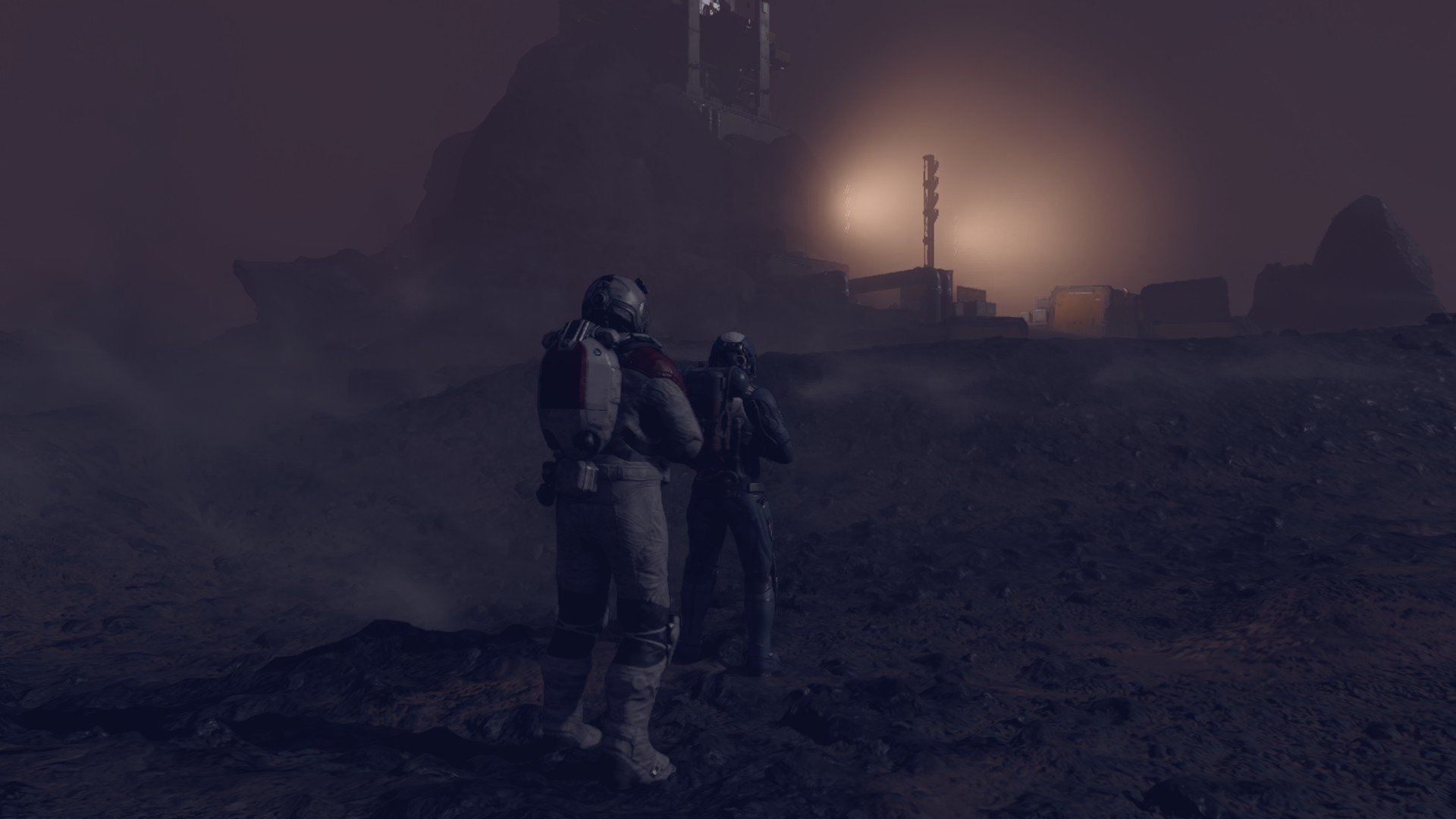
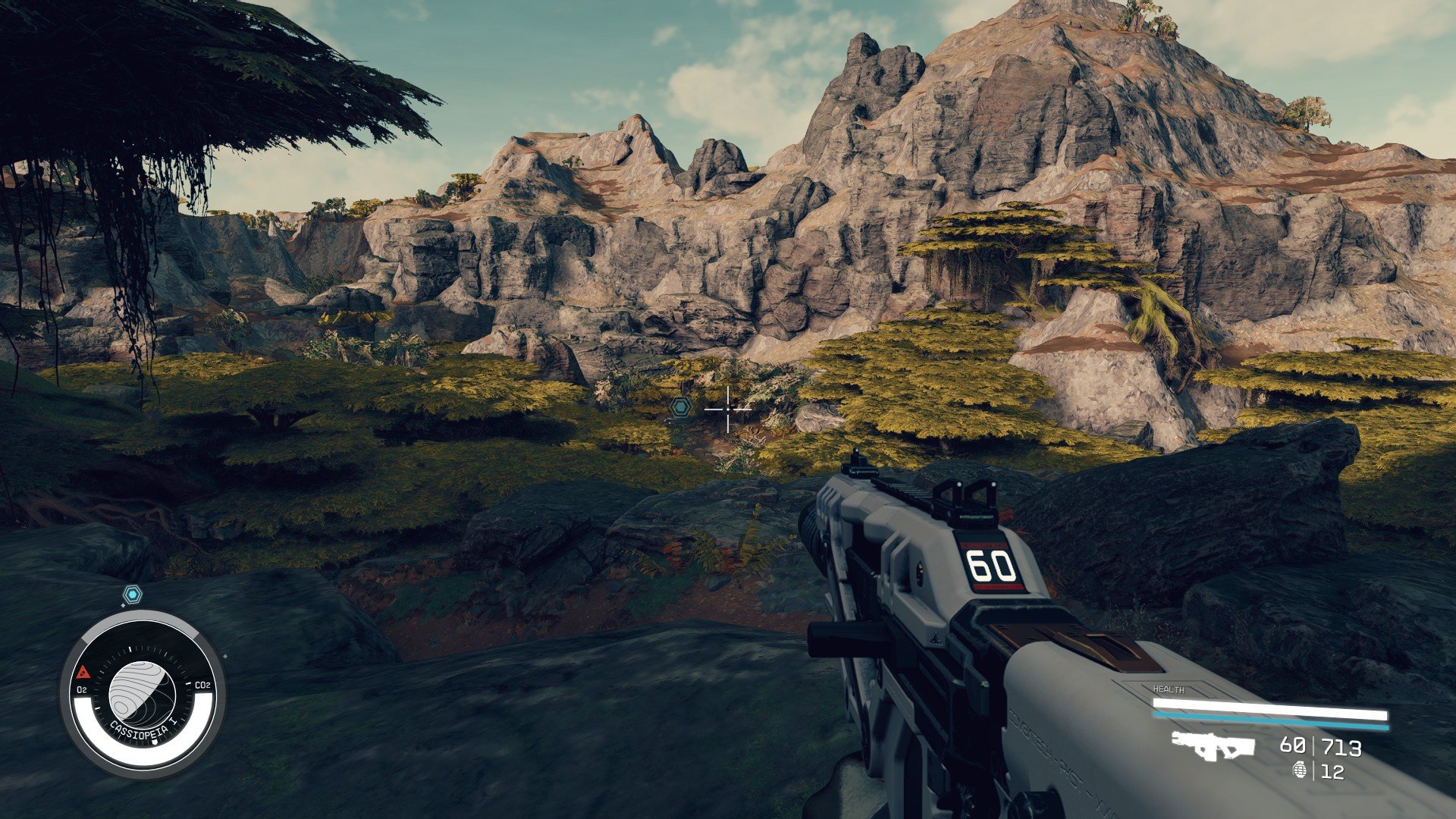

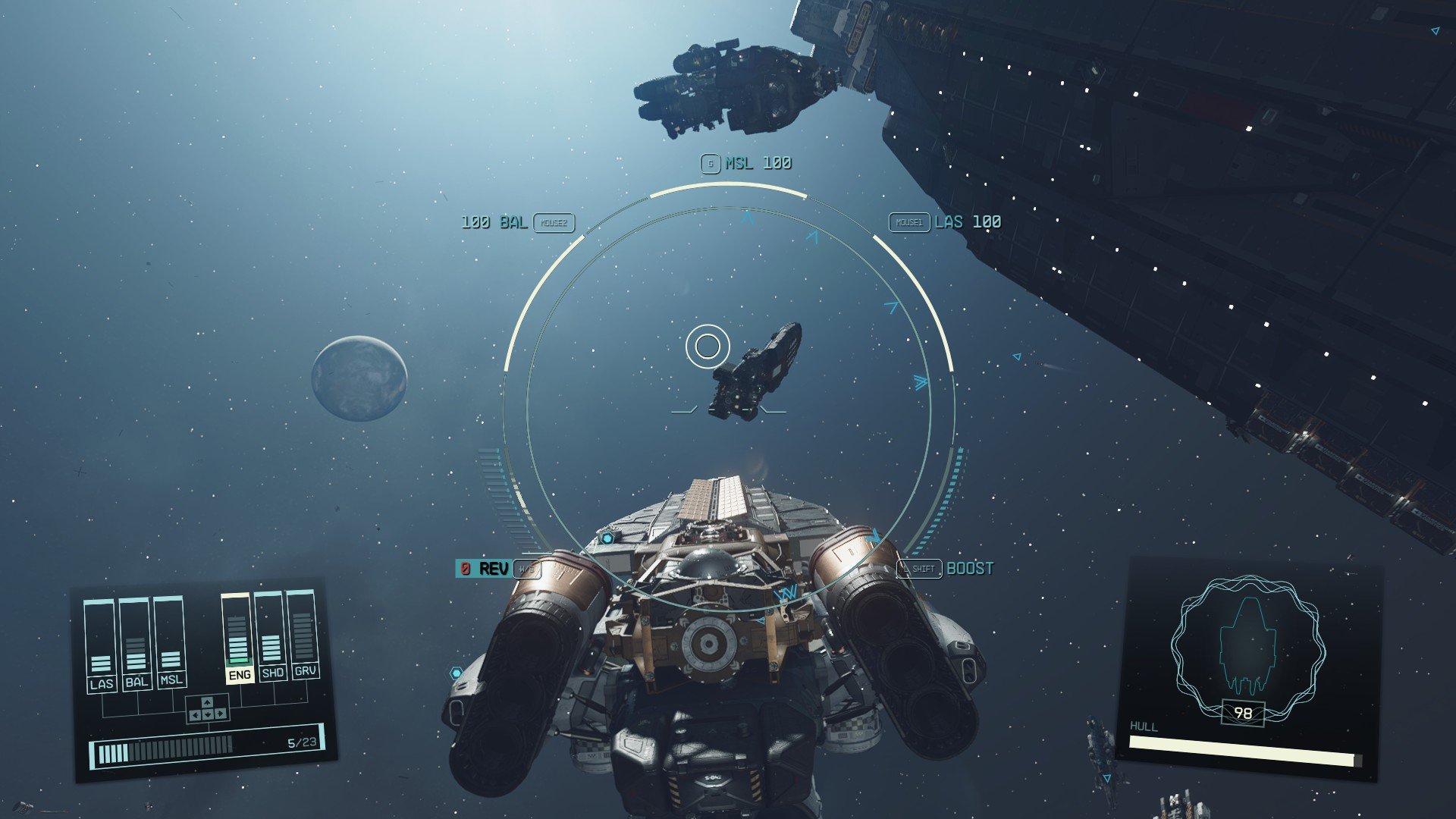



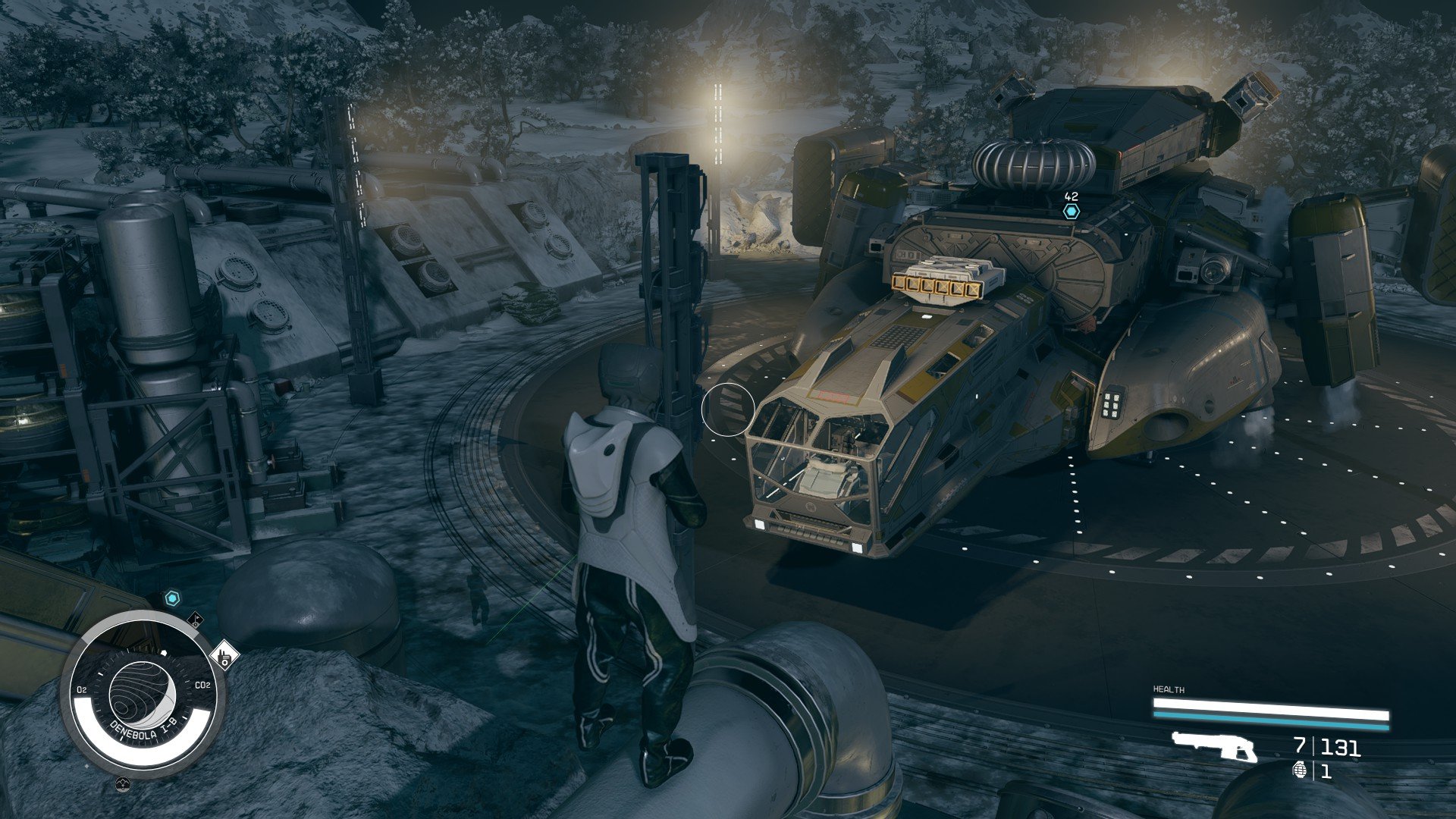
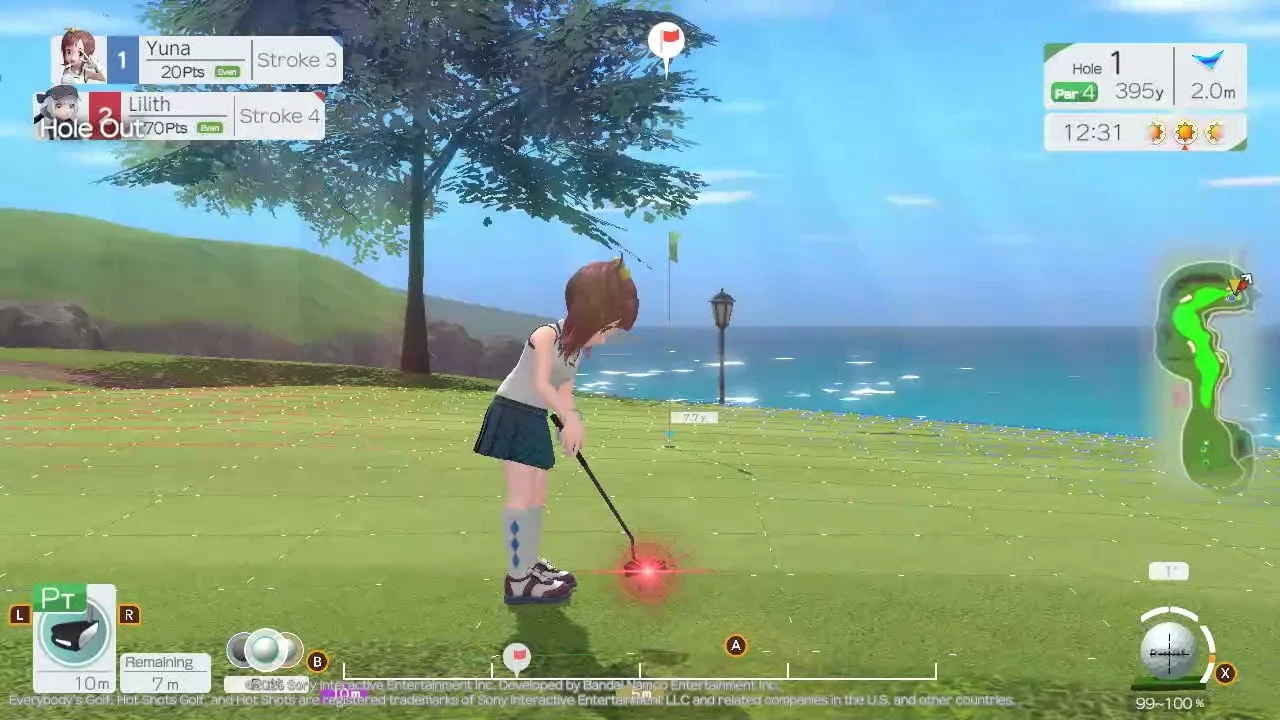


If you can get past Once Upon A Katamari's sticky controls and a general sense of deja vu, the many time periods, customizable cousins, unique challenges, and features make even a decades-old formula feel fresh again.